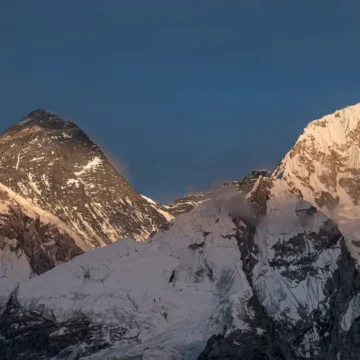
Renting vs Buying Hiking Gears: Which is Better?
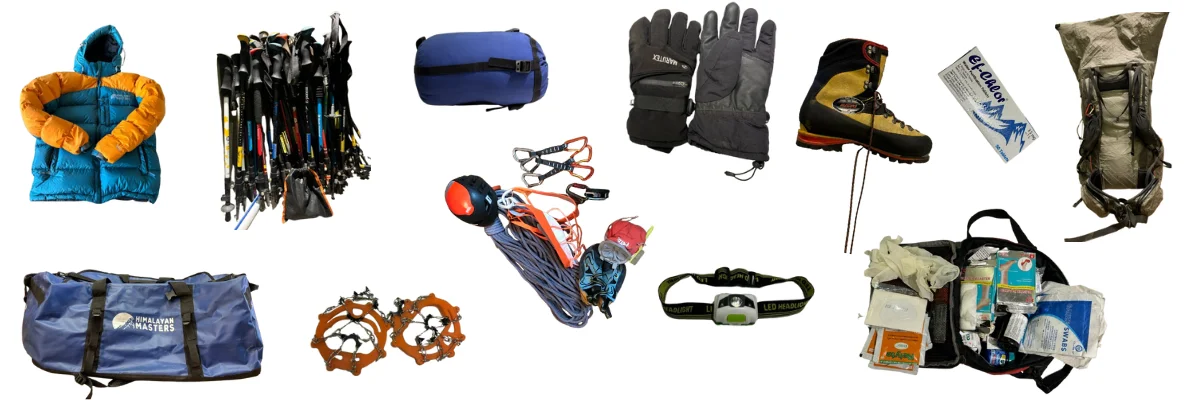
Table of Contents
Planning your Himalayan adventure? Before you even start your trek, one of the most crucial and confusing obstacles that trekkers face is: should you rent or buy your hiking gears?
With so many factors, such as cost, comfort, and convenience, choosing the right hiking gear can significantly enhance your hiking experience. Deciding between renting and buying hiking gears is an important choice for trekkers, especially in the rugged terrain of Nepal.
This decision can significantly impact your overall budget for the trek. Decide which is better for you: Renting or Buying.
If you are still in a dilemma, we, Himalayan Masters, are here to assist you in deciding which gears to pack, what to buy and what to rent for your Himalayan adventure.
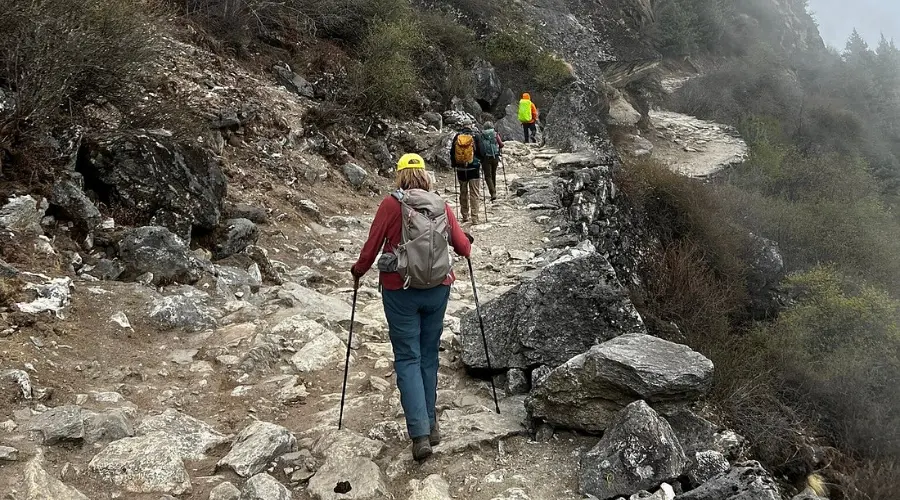
What is Hiking/Trekking Gear?
Hiking or trekking gear refers to all the equipment and tools necessary for any outdoor journey, ensuring safety, comfort, and convenience.
Trekking gear can include clothing, footwear, headwear, backpacks, sleeping bags, toiletries, and more, all designed to adapt to varying weather conditions and challenges.
These gears might vary based on the type of adventure you plan and the season. Is it a one- or two-day short hike, a long and challenging trek through the Himalayas, or attempting the summit?
Based on the season you’re trekking in and the region, these gears can change. If you’re trekking during winter, you may need an extra warm layer. While monsoon trekking requires rain gear.
Likewise, in some of the most remote trekking routes, such as the Upper Dolpo Trek route, carrying camping gear is essential. Whereas, in some well-established routes like Everest Base Camp Trek and Annapurna Circuit Trek, you might not need to carry each and every gear, as you can find them en route.
Importance of Trekking Gears
Trekking gear isn’t just for fashion; they are essential for survival and comfort. Here are some of the importance of trekking gear;
- Ensure physical safety and warmth
- Protect from harsh weather conditions
- Help you carry your essentials with ease
- Provide good sleep and recovery
- Enhances performance and reduces fatigue
- Prevent injuries with proper shoes and poles
- Boost confidence and morale during treks
- Allows adjustment to changing terrains and climates
- Essential for emergencies and unforeseen situations

Are Trekking Gears and Climbing Gears the Same?
Not exactly. While most might assume trekking and climbing gear are the same, they differ in purpose.
Though both are designed for outdoor adventures, trekking gears are designed for long-distance hiking. They are tailored and focused on comfort, durability and weather protection.
In contrast, climbing gears are designed for vertical ascents and rope-based movement. It includes equipment such as harnesses, ropes, carabiners, and ice axes.
However, for climbers aiming for a peak summit like Everest or Yala Peak, hiking up to the base is essential. So, they will need to carry both trekking gear and climbing gear, which are essential.
Renting vs Buying Trekking Gear: Pros and Cons
There are both pros and cons when buying or renting hiking gears. As stated earlier, choosing between renting and buying your hiking gears entirely depends on your trekking route, budget, season, and frequency.
Let’s examine the pros and cons of renting vs. buying trekking gears.
Renting Trekking Gear Pros
Renting trekking gear has become increasingly popular among hikers. Especially for one-time hikers or trekkers from overseas prefer renting gears. It offers a budget-friendly solution and doesn’t need to be brought all the way from their country.
Here are some of the pros of renting gear:
- Ideal for those who trek infrequently, saving on upfront costs.
- Reduces baggage weight, which is especially beneficial for international travellers.
- Eliminates the need for storage space after the trek.
- Allows testing equipment before making a purchase decision.
- Easily accessible in areas like Kathmandu and Pokhara.
Renting Trekking Gear Cons
Despite its convenience, renting trekking gear has some drawbacks. You have limited choices, especially during peak trekking season, due to fit issues and hygiene concerns. All this can impact your comfort and overall trekking experience.
We especially suggest bringing your own usual trekking boots. If it doesn’t fit, it might cause discomfort and even blisters.
Here are some of the cons of renting gear:
- Fit and comfort might not be perfect; rented gear may not align perfectly with individual preferences.
- Potential issues with the cleanliness of previously used items.
- Peak trekking seasons might have limited options.
- For frequent trekkers, repeated rentals can add up financially.
- Quality and maintenance levels can differ between rental providers.
Buying Trekking Gear Pros
For full control over comfort and satisfaction, buy and bring your own trekking gear. It endures comfort, fit, and quality. Trekking in the Himalayas is a long journey. Long treks, such as the Kanchenjunga Circuit Trek, can last approximately 3 weeks. You don’t want to walk with discomfort for that many days.
Here are some of the pros of buying gear:
- A perfect fit and personal comfort, customised to individual needs, enhancing overall comfort.
- Assurance of equipment condition and performance.
- Personal gear ensures cleanliness and familiarity.
- Cost-effective for frequent trekkers.
- Specialised or high-altitude gears for challenging treks.
Buying Trekking Gear Cons
While buying trekking gear has its own cons, it may not always be a good decision. Especially if you’re an occasional trekker who rarely treks, buying trekking gear is not a wise decision. It adds a lot of cost to your one-time trek and also requires regular maintenance.
Here are some of the cons of buying gear:
- High upfront costs for quality equipment.
- Bulky and heavy to travel with, adding to the weight and volume of luggage.
- Requires storage and maintenance post-use.
- It is not ideal for one-time or infrequent treks or trekkers.
Note: If you choose to trek with Himalayan Masters, we provide some of the trekking gear as a complimentary service for the trek. We provide down jackets, trekking poles, water purification tablets, sleeping bags, crampons, and many more.
What Should You Rent vs Buy?
Let’s make it simpler for you. Which is better for you: Rent or Buy?
| Gear Item | Buy or Rent | Notes |
| Trekking Boots | Buy | Personal fit is crucial for comfort and safety. |
| Backpack | Buy | It should match your body type and load needs. |
| Base Layers | Buy | Hygiene and fit are personal preferences. |
| Down Jacket | Rent | Bulky; renting saves space and cost. |
| Sleeping Bag | Rent | Renting is economical for short-term use. |
| Trekking Poles | Rent | Easily rentable and adds convenience. |
| Tent and Cooking Gear | Rent | Practical to rent for occasional camping. |
| Gaiters and Crampons | Rent | Needed only for specific treks; rent as needed. |
| Headlamp | Buy | Essential for safety, especially for morning and evening hikes. |
| Water Purifier | Buy | Important for health. |
| Gloves and Hats | Buy | Personal comfort and warmth. |
| First Aid Kit | Buy | Customised to individual health needs. |
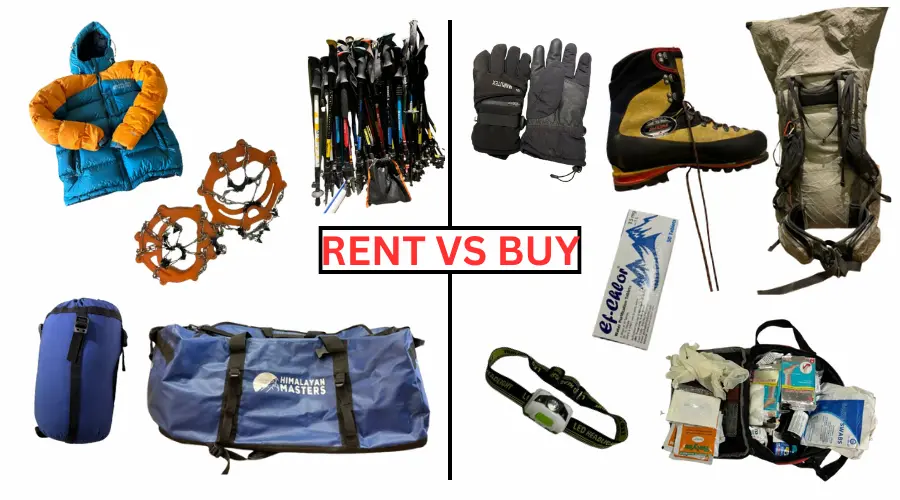
Rent vs Buy
Deciding What’s Right for You?
Now that you are well aware of all the pros and cons of buying and renting trekking or hiking gears, and under which conditions you should buy or rent, the final decision is yours. What you need is your personal choice.
For first-time or occasional trekkers, renting offers flexibility and is a cost-effective option. Whereas, if you are a regular trekker, you might consider investing in quality, comfortable products. In the long run, buying hiking gears can be more economical than renting.
Quick 3 Wh Tips for Nepal Trekkers
Here are some tips to help you rent or buy gear if you are planning to trek in the most pristine, cinematic terrains of Nepal’s Himalayas.
Where to Rent: Thamel in Kathmandu and Pokhara has several rental shops. For international trekkers landing in Kathmandu, Thamel is a hub for gear rentals.
Where to Buy: If you are planning to buy, we suggest buying gear from authorised retailers like The North Face and Sonam in Kathmandu.
When to Buy: Many stores around Kathmandu and Pokhara offer off-season sales. Therefore, purchasing during these seasons can be a wise choice.
FAQs
What are the big 4 hiking gears?
Tent, sleeping bag, backpack, and sleeping pad.
What should I do if rented gear fails on the trail?
It is advised to always inspect all your rented trek gear before renting or departing. However, if they fail, immediately contact the rental shop.
Can I return rented gear if I cancel my trek?
Although the rental shop may return gear without any gear reservation charges if your trek is cancelled, it is always better to ask and confirm rental policies before renting. It might vary from shop to shop.
Do gear rentals require a deposit?
Normally, a copy of your passport and a refundable deposit are enough to rent gear, but as mentioned, this can vary from shop to shop.
Is it possible to rent gear online before arriving in Nepal?
Yes, some shops around Kathmandu, particularly around Thamel, offer online reservation services even before arriving in Nepal.
Are rental shops reliable in rural trekking towns in Nepal?
Rental shops in major trekking towns, such as Arughat, Lukla, Namche Bazaar, and Jomsom, are generally reliable but have limited stock. Also, gear quality might not be as good as in Kathmandu or Pokhara.
Where can I buy good hiking gears in Nepal?
Reputable stores like Mountain Hardware Nepal, The North Face Nepal, and Goreto Gear Traders in Thamel (Kathmandu) and Lakeside (Pokhara) are some reliable shops to purchase high-quality hiking gears in Nepal.
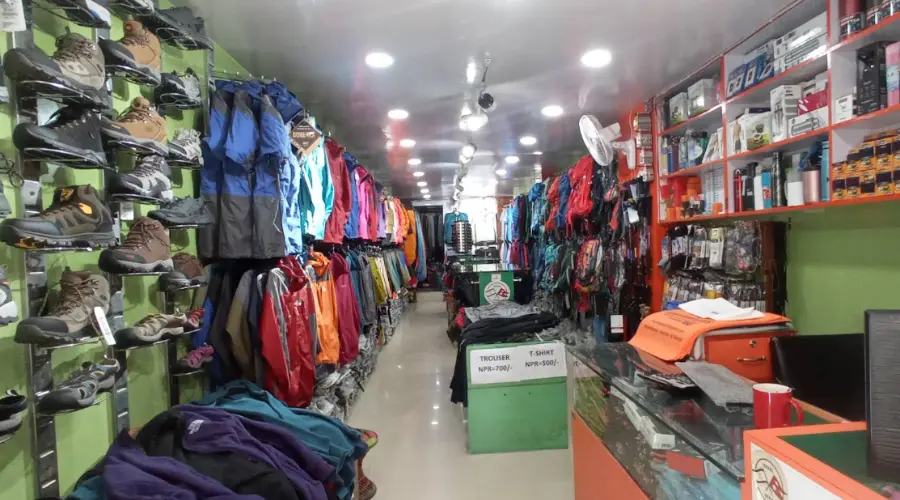
Are locally-made gear products reliable for Himalayan treks?
Yes. Surprisingly, many locally-made products are reliable, durable, and suited for treks up to 5000 meters (16,404 ft). However, international-brand gears may offer better insulation and durability.
Are ultralight hiking gears options available in Nepal?
Ultralight hiking gears options are limited in Nepal but growing in popularity.
Are there hidden fees in gear rentals?
Most shops are transparent about pricing for rental gear, but always ask about deposits, damage fees, late return charges, or return policies in case of trip cancellation.
Can I extend my rental if the trek takes longer than expected?
Yes, with some additional charges for an extended number of days, you can extend the rental. However, you need to inform the shop in advance.
Do rental shops offer delivery or pickup services?
A few shops in Kathmandu and Pokhara, such as RentInNepal, offer delivery or pickup services for an additional charge.
Can I sell my used hiking gears in Nepal?
Yes, many shops in Thamel and Lakeside buy and sell second-hand gear, such as backpacks, jackets, boots, trekking poles, and sleeping bags.
Should I donate the bought gear to local porters after the trek?
Absolutely. Donating quality gear, such as jackets, gloves, or boots, is an act of love, respect, and appreciation for the local porters and guides who work hard to make your journey worthwhile.
Want to know more?
Speak to an Expert





Sandip Dhungana
Nepal 🇳🇵
Whatsapp: +977-9823636377

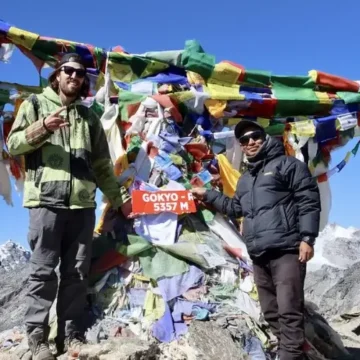
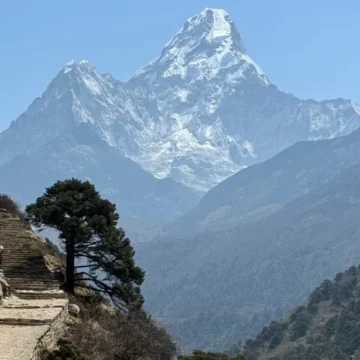
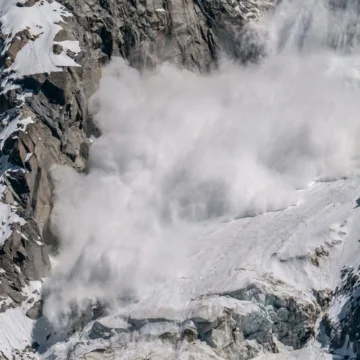
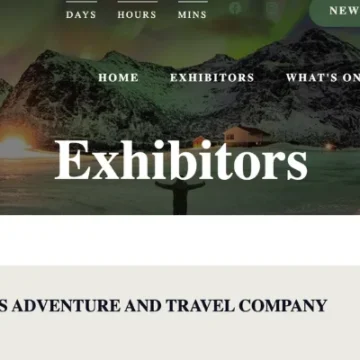

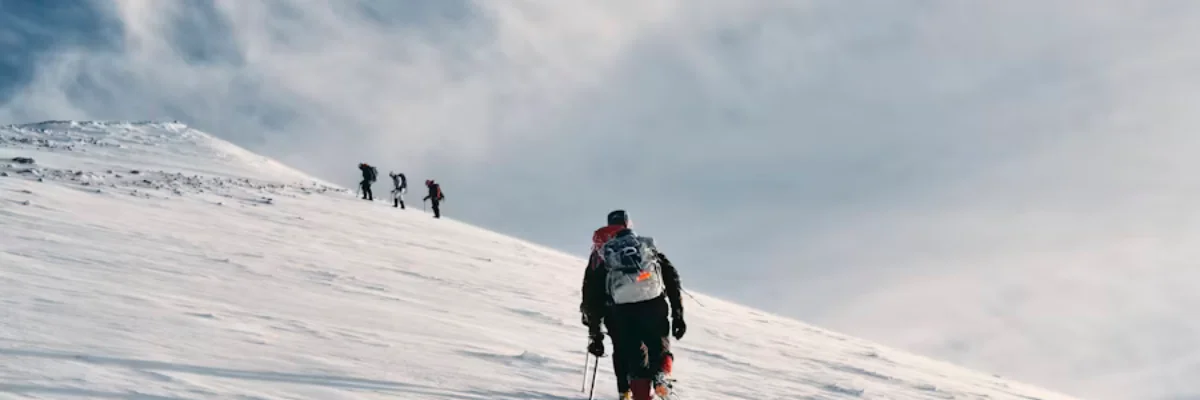
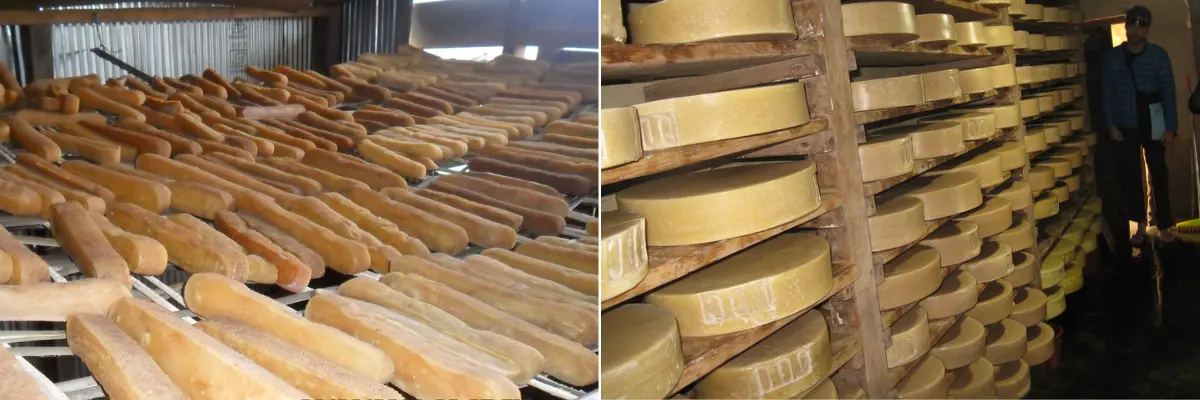
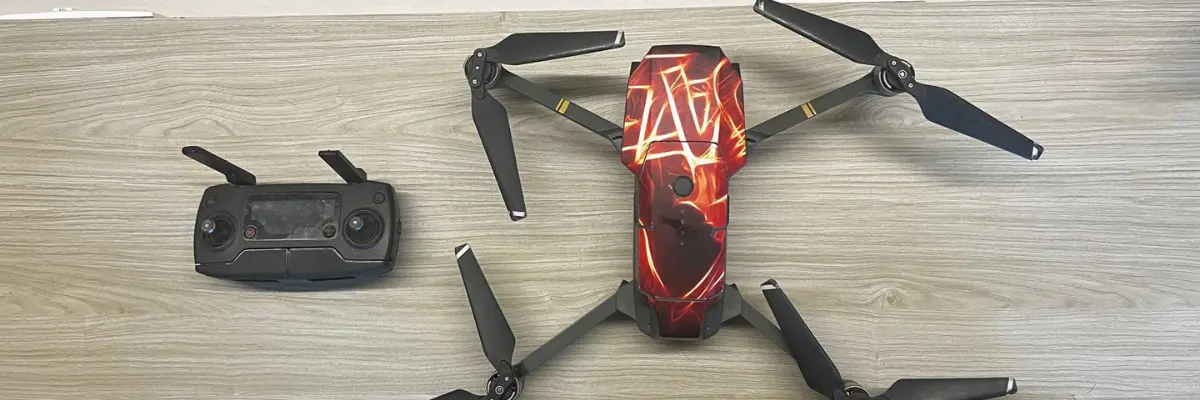
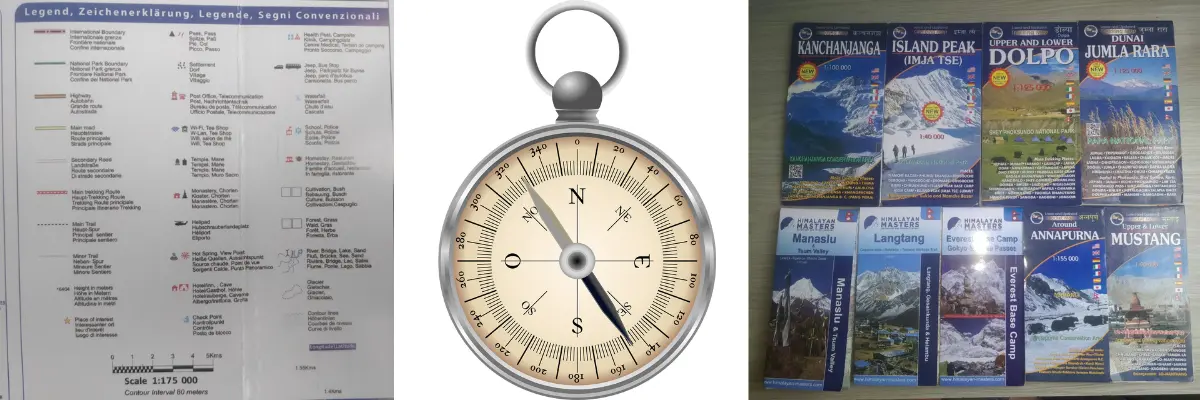
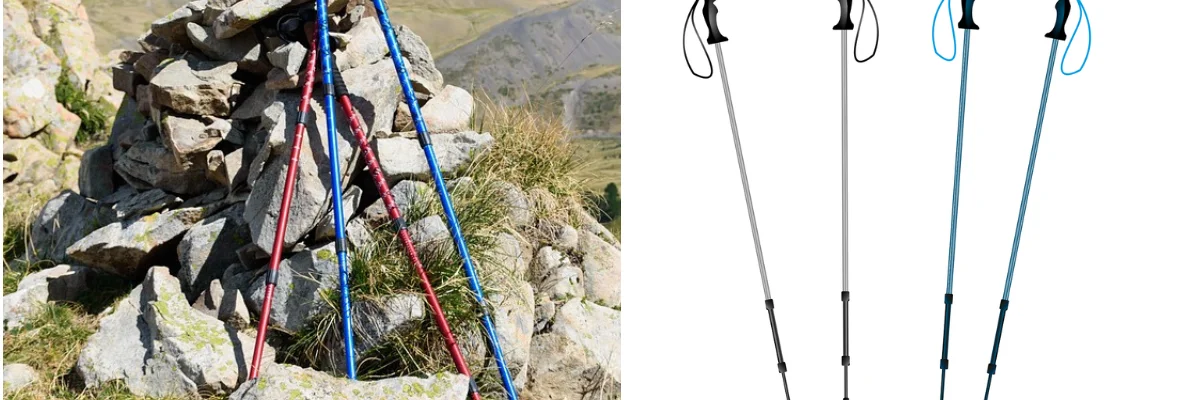
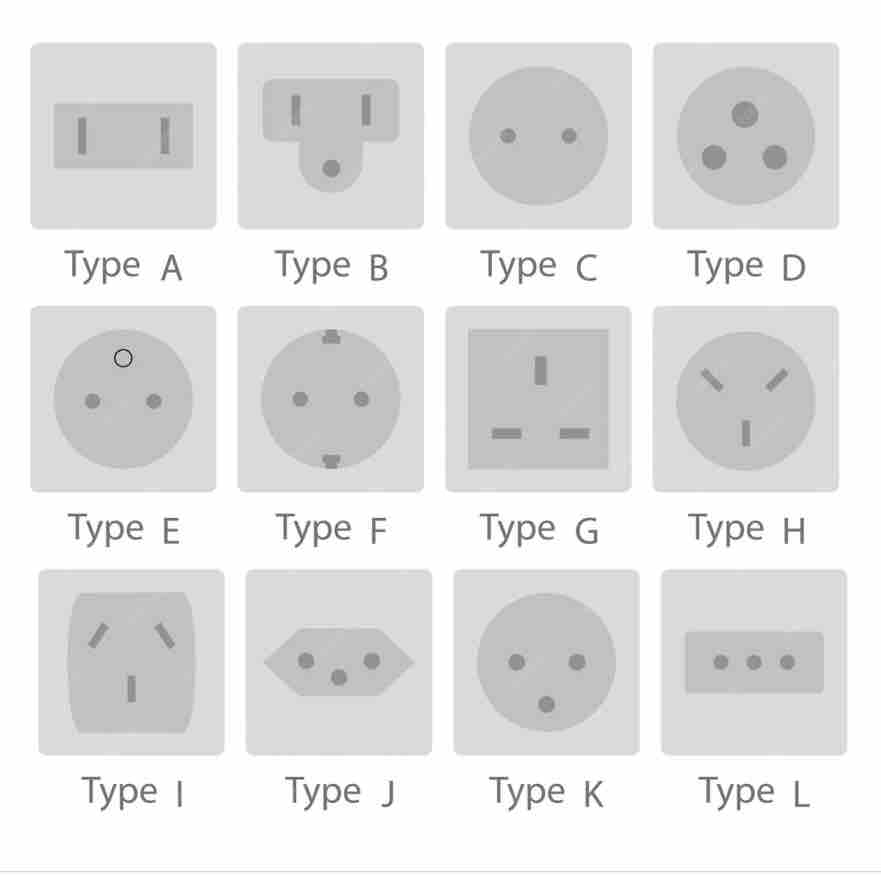
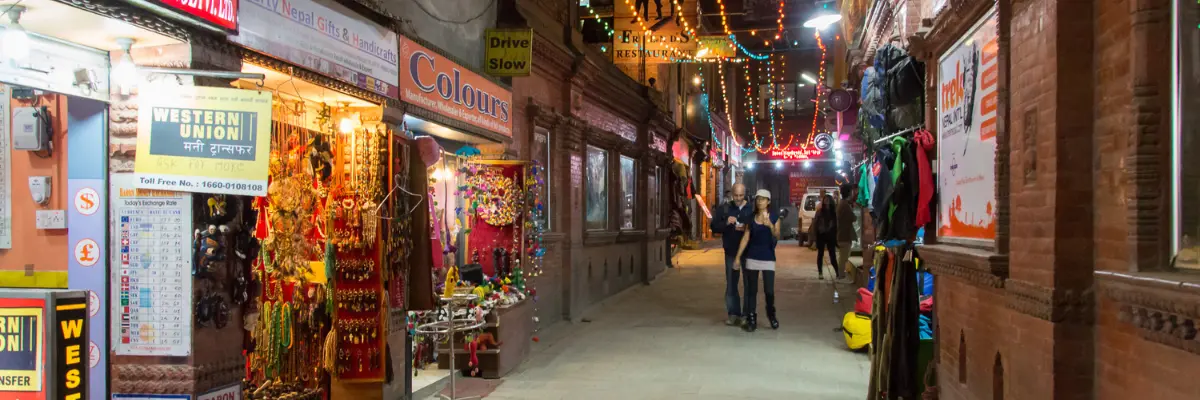
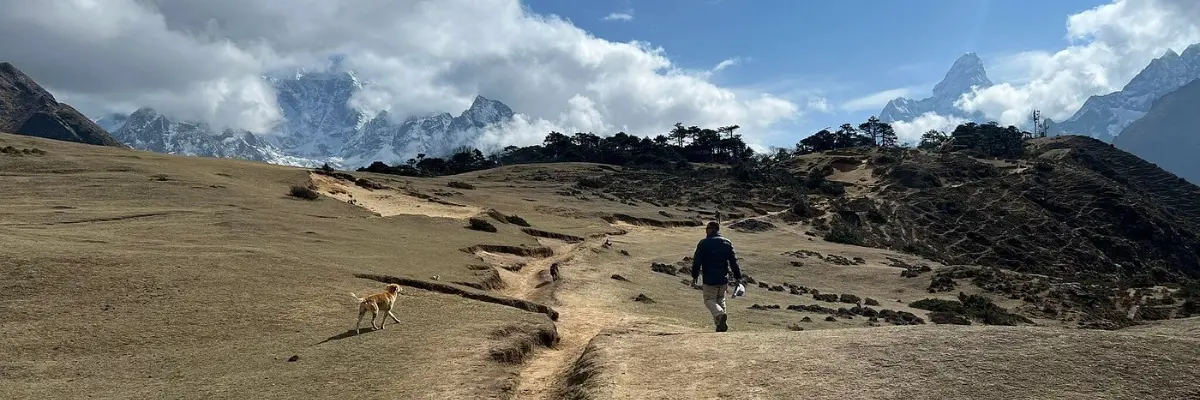









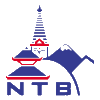
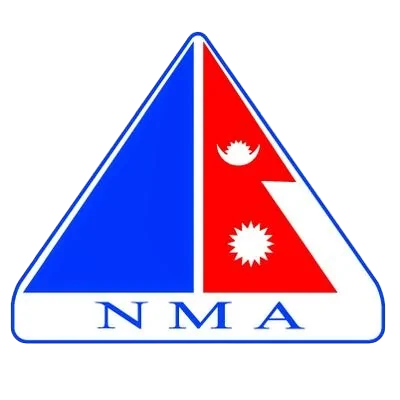

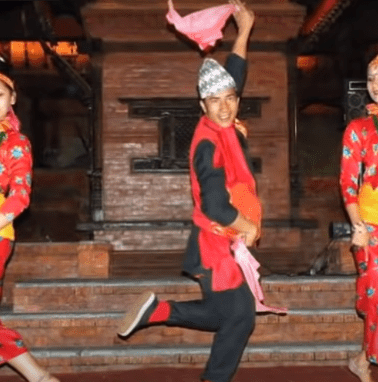
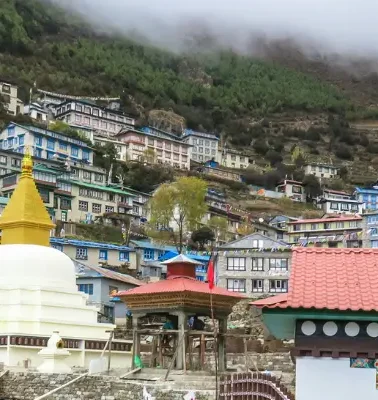
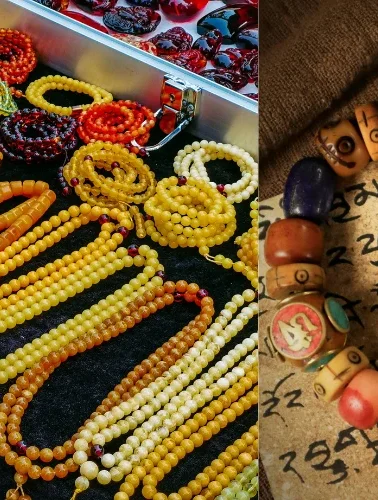
Leave Your Comment